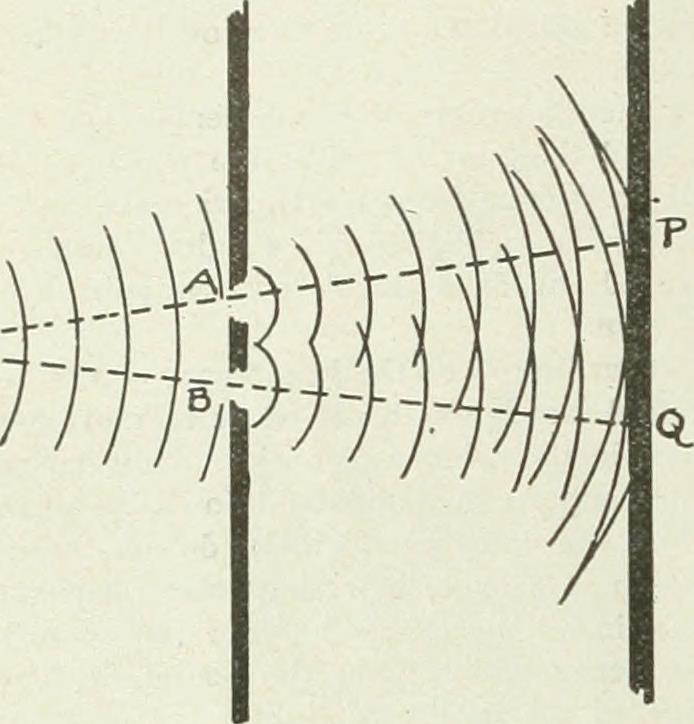a sequel, and not
waving and drowning
Hello sequelistadors. I’m getting close to finishing the first section, or act, of my sequel: just two more chapters to write, which I’ve sketched out the plot for. As my idea for a novel becomes actual words, I find I’m able to look at it and assess what it is, what it’s like, in a way that I wasn’t when it was just a chunky soup of ideas swirling around in the moulinex of my mind.
My original idea was to continue the story of the two main characters from the first novel, Parallel Lines. But at the end of that book, they’re 30 and past their turbulent twenties, so to add turbulence – or, to put it another way, to make the sequel a drama in its own right instead of just a sort of on-going soap opera – I wanted to add some new characters. Then, as I’ve described here before, I soon realised that a story told from too many points of view was a hot mess, and I decided to follow the format of PL, telling the story from two points of view, one of the PL characters and one of the new ones.
What I can now see, looking at how it reads with one new and one old character, is that the book is actually a sequel in the even-numbered chapters, and not a sequel in the odd-numbered ones. It’s like the two-slit experiment in physics, both a sequel story and a completely new and largely unrelated non-sequel story. There’s a third ingredient (a mystery which will gradually unfold throughout the book toward an explosive dénoument) that links them both and is like the interference between the two things, sequel and not-sequel, like wave and particle.
It’s a complex idea to get across, unlike PL, which is simply a historical queer romance, full stop. And given the vanishingly small market even for historical queer romances, I’m starting to wonder if anyone whatsoever would want to read this difficult and complex kind of book, part social-history gay romance, part self-discovery story, part psychogeographical mystery, that is both a sequel and not.
I think I’ll need to pause when I’ve finished Part One and take stock of what I’ve got, to consider whether it’s worth going on with or if I should ditch the whole batch. I’ll let you know what the soup tastes like when I get there. This update is like a breadstick for you to fiddle with in the meantime.



Yes, writing a story seems very like learning a recipe. I wish you could do it right first time. Your ideas about story and structure sound very interesting.